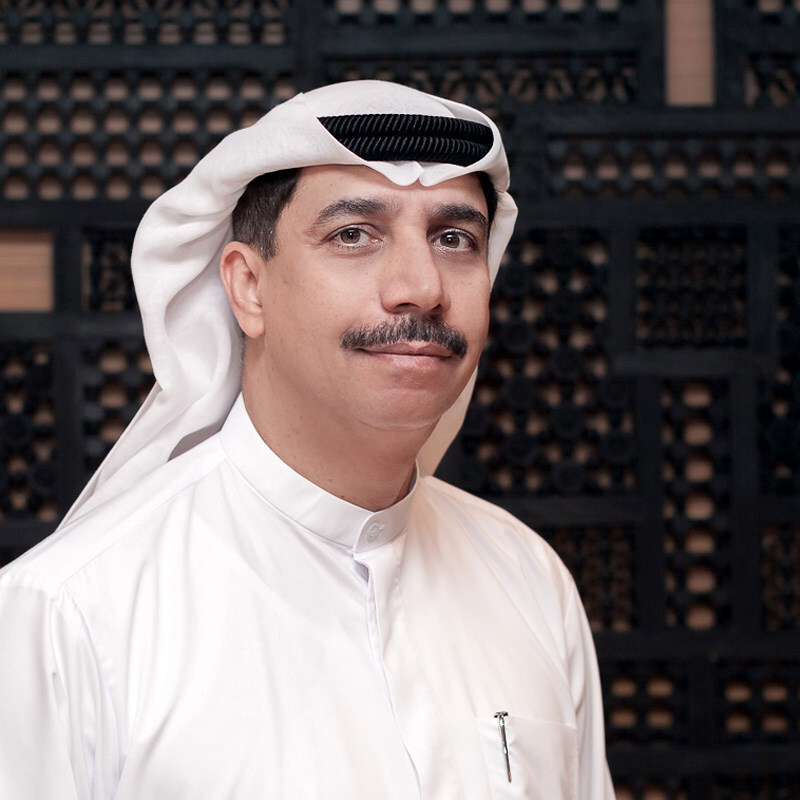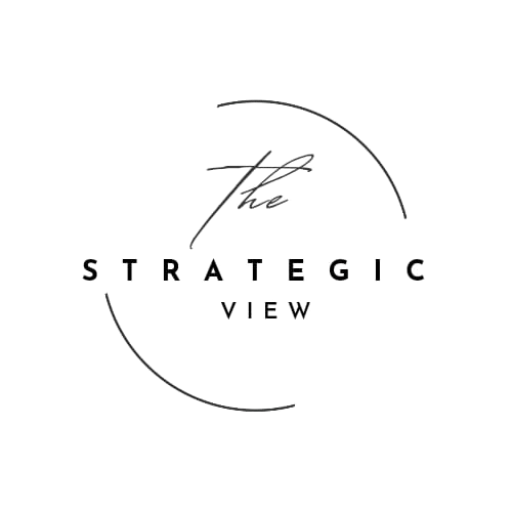
Essa Kazim, Governor of the Dubai International Financial Centre (DIFC), is not short on ambition when it comes to positioning Dubai as a global financial powerhouse. “DIFC remains the driving force behind Dubai’s economic growth,” he declared this week, as the Centre announced its strongest half-year performance since inception — a development likely to ripple across the region’s fast-evolving financial services landscape.
According to figures released on July 28, DIFC welcomed 1,081 new active registered companies in the first half of 2025, bringing the total to 7,700, a record high. The financial centre now employs nearly 48,000 professionals, highlighting both the scale and intensity of its ecosystem. Key sectors such as banking, capital markets, wealth management, and fintech registered double-digit growth, underscoring DIFC’s rising appeal to global firms seeking to tap into the Middle East, Africa, and South Asia (MEASA) corridor.
Much of this growth aligns with Dubai’s broader economic agenda — the D33 strategy — which aims to double the size of the emirate’s economy over the next decade and position it among the top four global financial centres. DIFC appears to be delivering on this mandate. Financial services authorisations surged 28% year-on-year, while the number of hedge funds now domiciled in the Centre has climbed to 85 — including 69 with assets exceeding USD 1 billion.
Wealth and asset management saw a particularly strong upswing, with 440 firms operating in the sector compared to 370 a year ago. The Centre also now serves as the marketing or management base for over 10,000 funds — a signal of growing investor confidence in Dubai’s regulatory and operating environment.
Yet this growth comes against a backdrop of intensifying competition across the Gulf.
In recent years, regional financial centres such as Abu Dhabi Global Market (ADGM), the Qatar Financial Centre (QFC), and Bahrain FinTech Bay have ramped up their capabilities, offering liberal regulatory frameworks, innovation-friendly regimes, and increasingly aggressive courting of global financial institutions. ADGM, for example, has positioned itself as a magnet for digital asset firms, while QFC has pushed hard into Islamic finance and sustainable finance arenas.
In this context, DIFC’s expansion into newer domains — including a growing ecosystem of 1,388 fintech and innovation firms and an increasing number of family offices (now over 1,000) — suggests a broader strategic pivot beyond traditional finance.
Real estate demand within the Centre offers a further indicator of confidence. With over 1.6 million square feet of new commercial space under development and due for delivery by early 2026, DIFC is visibly scaling up for the future.
Still, the Centre faces familiar headwinds: geopolitical uncertainty, uneven global capital flows, and the challenge of sustaining regulatory credibility amid rapid innovation. DIFC’s next chapter will hinge not only on how well it executes its expansion but also how effectively it differentiates itself from its regional peers — many of whom are aggressively chasing the same financial gravity.
For now, Kazim remains undeterred. “Our consistent performance across all sectors and rising global standing strengthen our commitment to supporting innovation and reinforcing Dubai’s status as one of the world’s most competitive economies,” he said. The numbers, for now, are on his side.
